Maritza Cárdenas
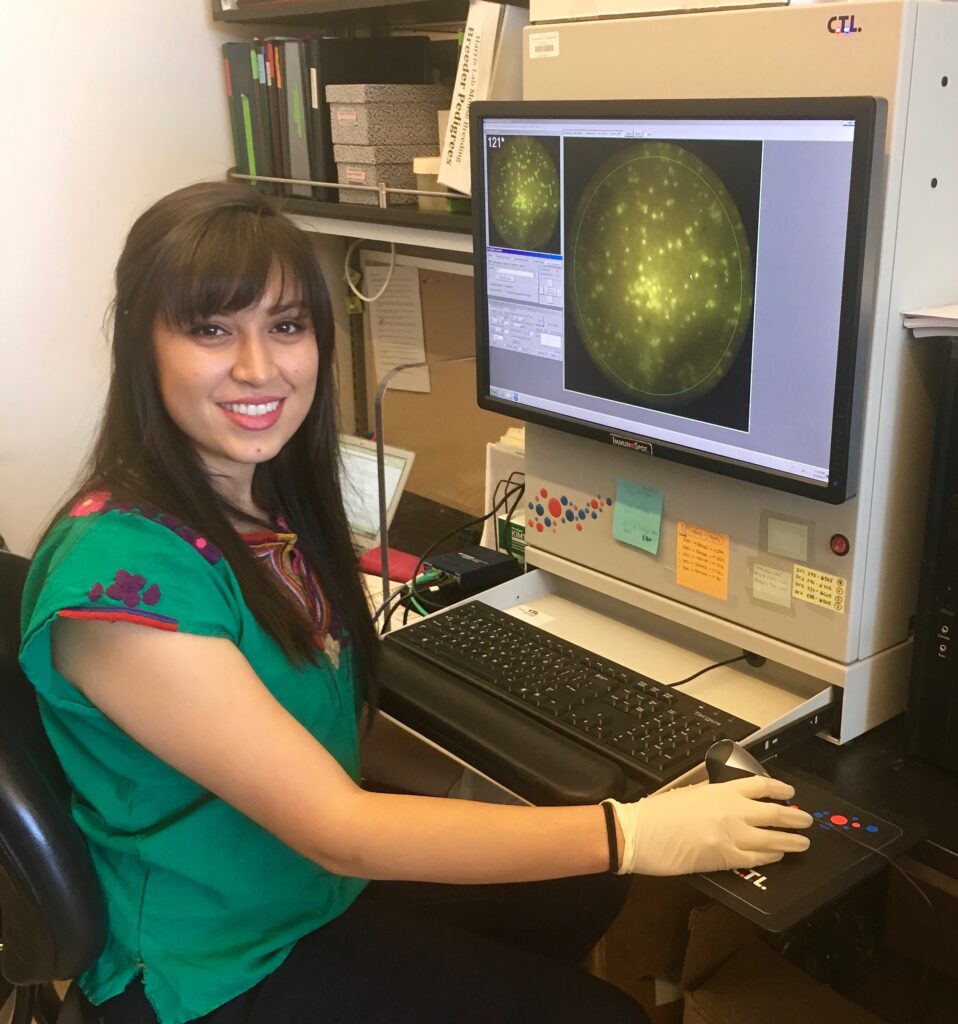
Dengue virus (DENV) is a mosquito-borne virus with four distinct serotypes. Primary infection by any of the four serotypes may result in dengue fever or, in severe cases, progress to dengue hemorrhagic fever/dengue shock syndrome. Recent studies have challenged dogma in the dengue field by finding that serotype-cross-reactive neutralizing antibody titers in serum of children in a cohort study in Nicaragua increased marginally in the time between primary and secondary DENV infection rather than decreasing over time, implying re-exposure to DENV. Maritza will use a novel method the Quad-color Fluorospotto […]
Christopher McCarron
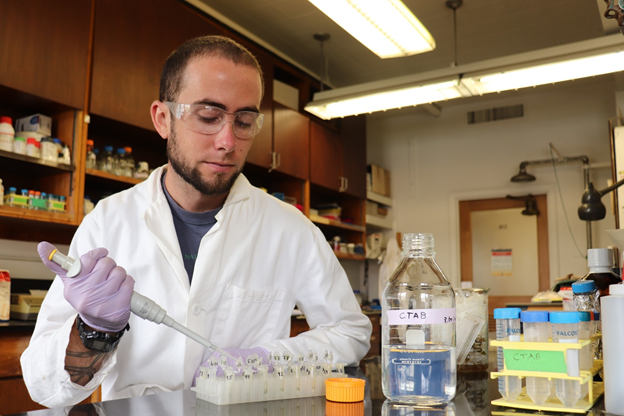
Soils derived from serpentine rock host a unique flora while being distributed throughout California in scattered outcrops. Their insularity makes them ideal for examining the evolution and divergence of species restricted to them, such as the leather oak (Quercus durata var. durata). Chris McCarron’s honors thesis will use reduced genome DNA sequencing for 310 samples from 31 separate populations throughout Q. duratas range. Results will determine the levels and depths of divergence among populations, spatial patterns of differentiation, their timing of isolation, and whether there was a single evolutionary event, […]
Geun Ho Ahn

Strain engineering is a ubiquitous technique utilized in the semiconductor industry to modulate and engineer the properties of semiconducting electronic materials. Various processes such as advanced high performance transistors, solid-state lasers, and integrated circuits adopt strain engineering to further optimize their performance. Simultaneously, two dimensional transition metal dichacogenides (TMDCs) have demonstrated their great potentials as the next optoelectronics and extremely scaled electronics; they can be scaled down to the atomic limit to be used for electronics. However, to date the merits of strain engineering have not been sufficiently employed nor […]
Zoe Hsiao

Human Cytomegalovirus (HCMV) is one of eight pathogenic herpesviruses known to infect humans. HCMV can be asymptomatic in those with sufficient immune systems, but lead to serious or fatal disease in immunodeficient persons. Because current medications to treat HCMV have a poor safety profile and risk the potential to select for drug resistance, vaccine development remains a top priority. The goal of this project is to better understand how a component of the human immune system, complement Factor H (FH), responds to HCMV. Zoe will employ a yeast-two-hybrid screen using […]
Danny Lee
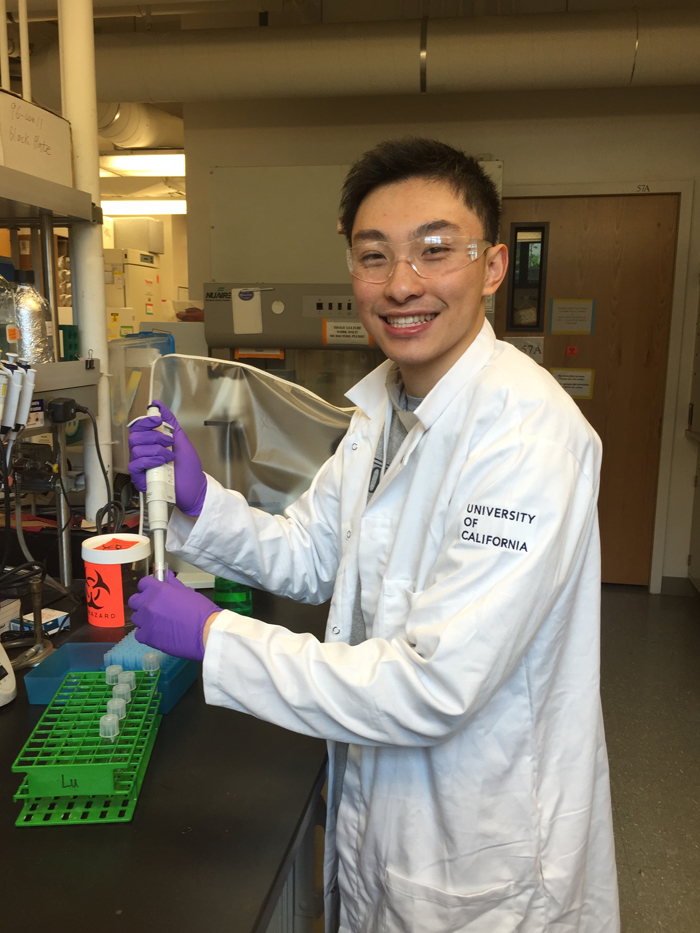
Adenosine triphosphate (ATP) is a high energy molecule considered the energy currency for all species. Our laboratory has discovered that bacteria release ATP into culture medium, a novel phenomenon (Mempin et al., 2013). However, it isnt yet understood why this occurs. We hypothesize that extracellular ATP is needed for the conversion of D-amino acids and their incorporation into the cell wall, allowing bacteria to survive changing environmental conditions. Danny will investigate the role of ATP in D-amino acid metabolism and cell wall remodeling by measuring ATP release of cultures supplemented […]
Xinyi Zhang
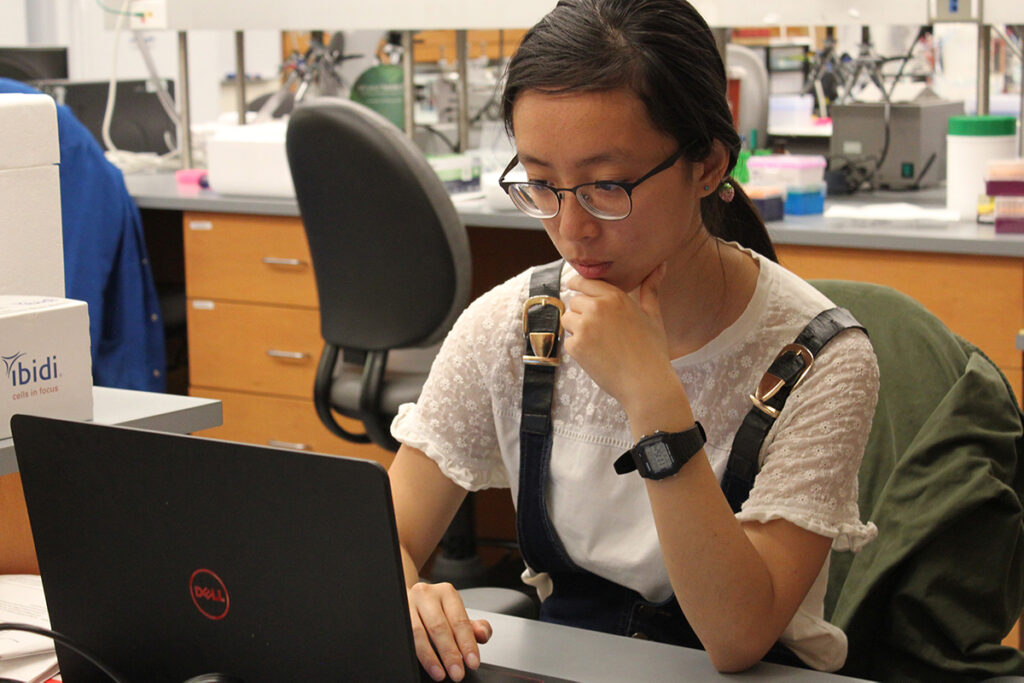
Parkinsons disease is the second-most common neurodegenerative disorder, which currently has no effective treatment. The development of treatments can benefit from better understandings of how the neurodegeneration propagates in the brain. The most crucial contributor to the propagation is believed to be the transmission between neurons of the pathological protein, -synuclein. To study the unresolved transmission mechanism, Xinyi proposes an RNA-Seq study on neuronal models to measure the transient responses of cells exposed to -syn over time. RNA-Sequencing is a powerful tool for unbiased investigation of the highly coordinated responses […]
Lucian DiPeso
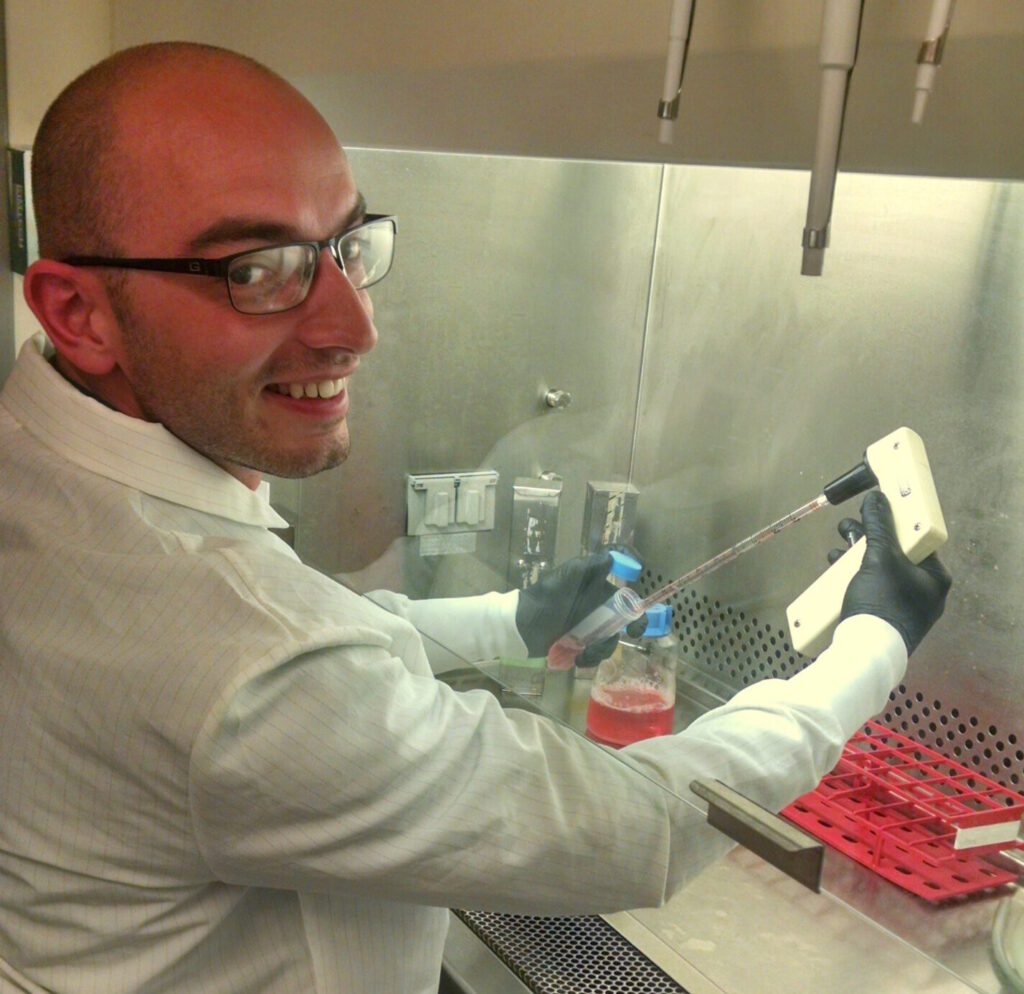
Pyroptosis is a poorly understood mode of cell suicide, one that functions as an alarm bell for the bodys immune system in response to infection. Though beneficial when properly regulated, the rapid immune response triggered by pyroptosis can, itself, produce disease and dysfunction. Pyroptosis has been identified as a possible contributor to cardiovascular disease, inflammatory bowel disease, and some neurodegenerative disorders. Understanding pyroptosis, then, could lead to novel treatments for a variety of human diseases. Unfortunately, despite ten years of research, uncovering how it precisely works has proven to be […]
Jehan Yang
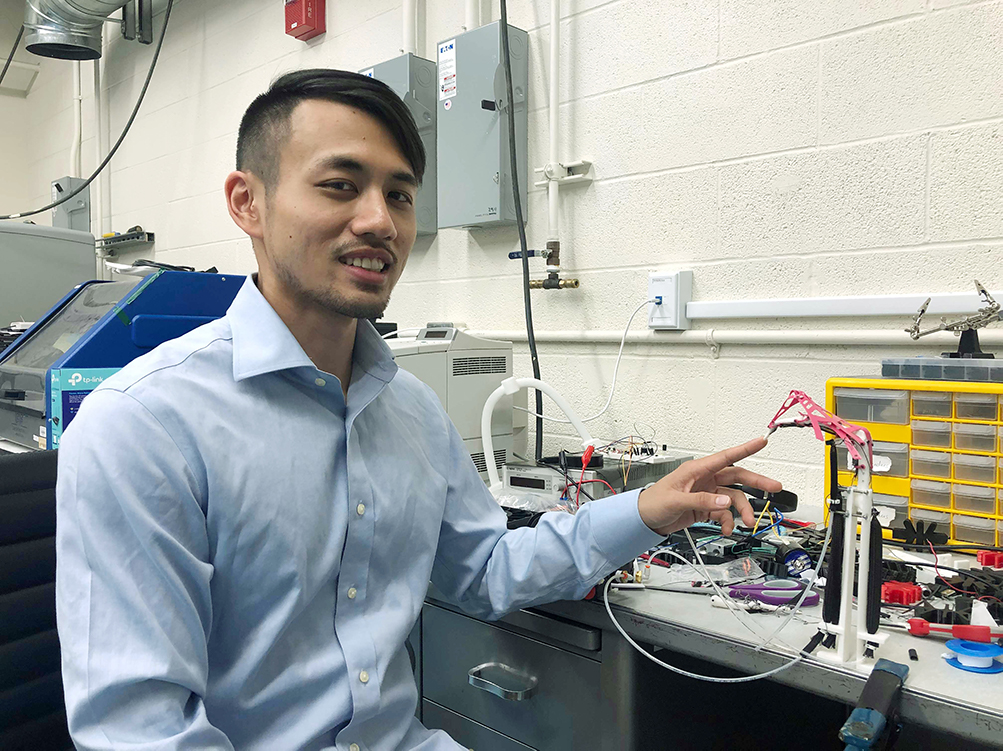
Utilizing 27 degrees of freedom, the human hand is a complex manipulator capable of tasks ranging from fingerstyle guitar to precise surgery. To replicate the human hand would produce a highly versatile tool in robotics and prostheses. Robots in the future might perform surgery while arm amputees could perform as well as anyone in sports and arts. Current hand replications have limitations of high expense and weight, with trade-offs in precision. For his project, Jehan aims to create an inexpensive and light manipulator, with improvements for precise control. He will […]
Victor Chen
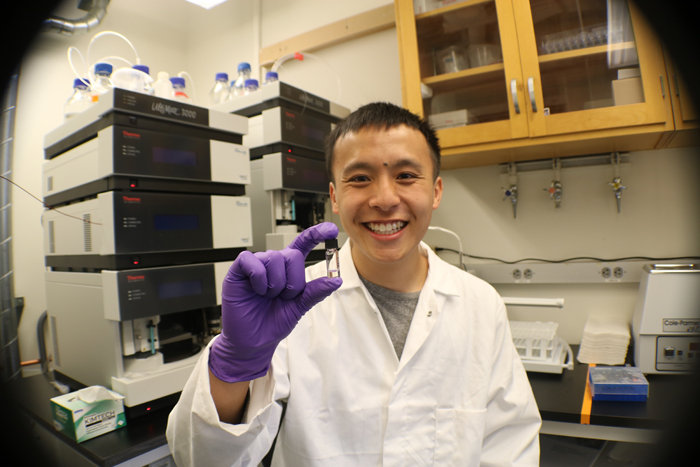
Actinomycetes, filamentous soil bacteria, have been the single richest source of medicinally relevant natural products, whose applications include anticancer agents, antifungal agents and antibiotics. However, actinomycetes still hold great potential for novel metabolite discovery. This is because the way they are typically grown in the laboratory fails to mimic cues in their natural environments that potentially induce the synthesis of novel metabolites. During this project, Victor will place actinomycetes in ecologically relevant contexts by reintroducing them to bacteria they would naturally encounter, in binary interactions, and subsequently analyze the metabolites […]
Daniel Quintana
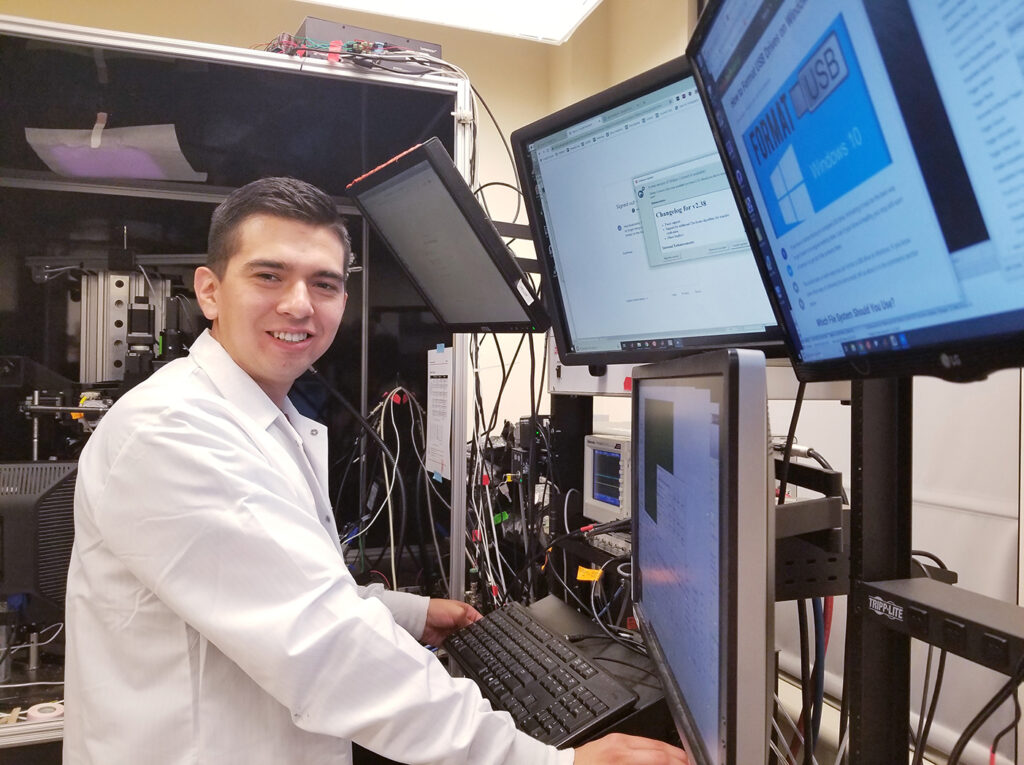
In mammals, detecting weak stimuli is crucial for animal survival. One way they could detect weak stimuli is spatial integration, pooling together weak signals over an area of visual space to strengthen the signal. In the cortex, vasointestinal peptide (VIP) cells are a group of interneurons that have a central role in pyramidal cell tuning and response modulation of other interneurons. However, the mechanisms behind how signals from different inhibitory interneurons affect the codification of sensory stimuli into percepts remains unclear. He will optogenetically activate and inhibit VIP interneurons in […]